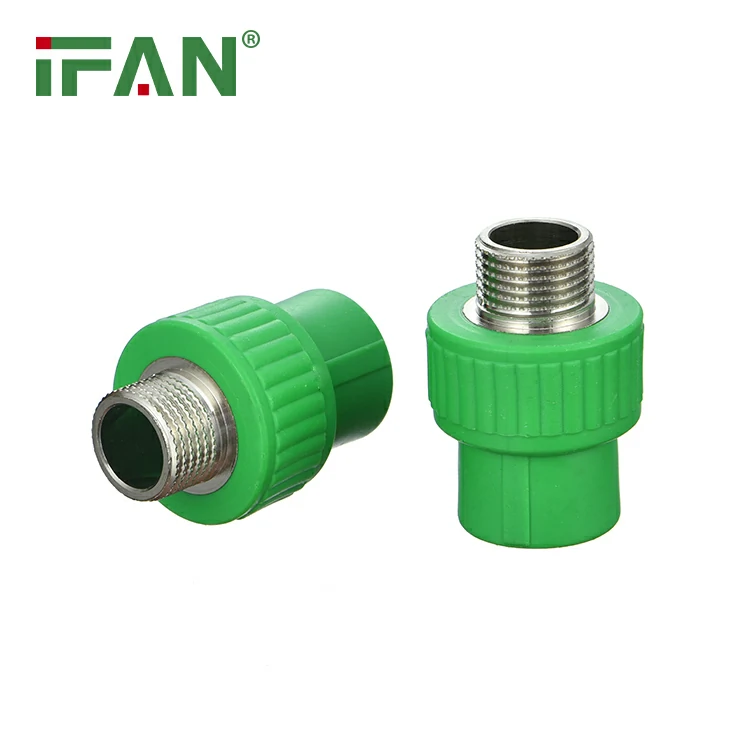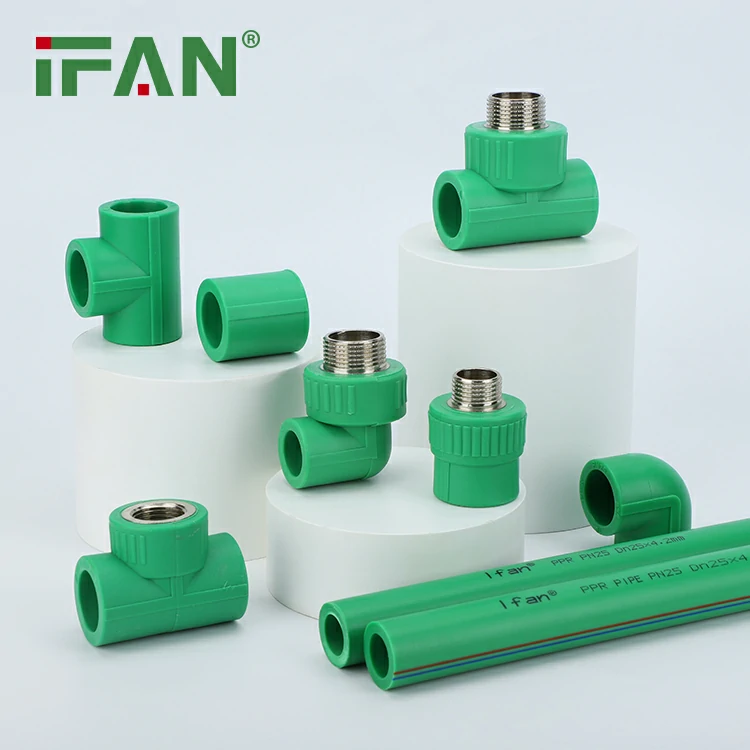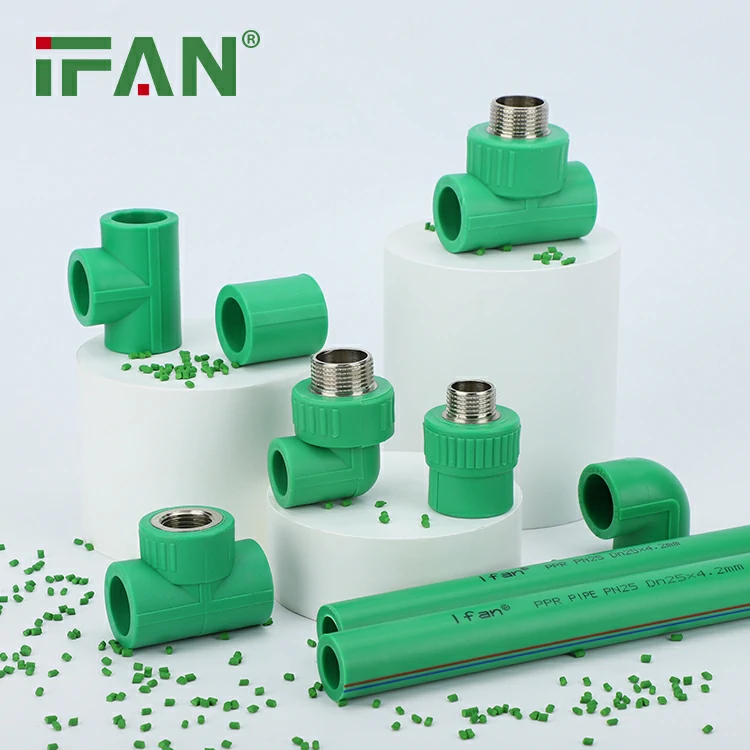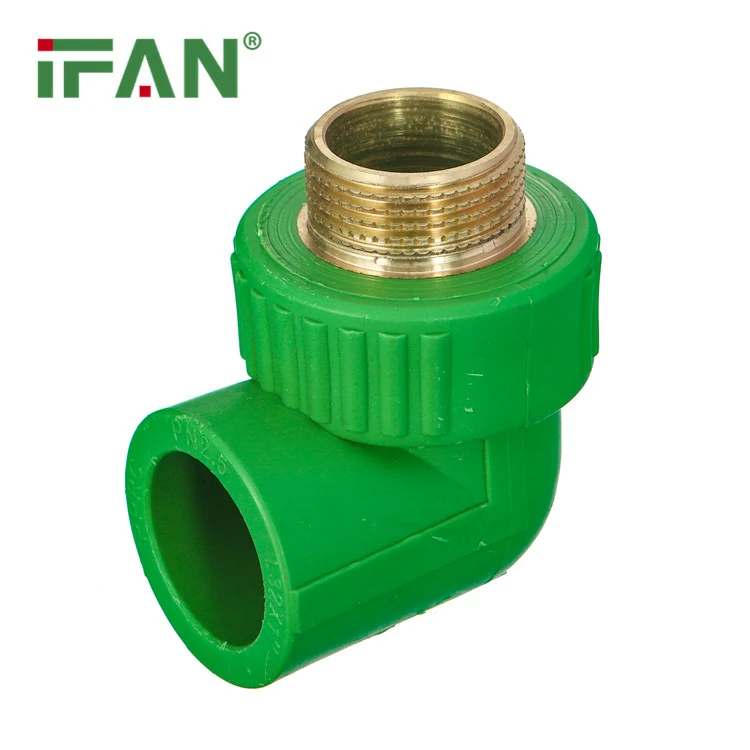Introduction
Polypropylene (PP) pipes have been increasingly used in various applications due to their numerous advantages. PP pipes offer many benefits, such as high durability, chemical resistance, cost-effectiveness, and easy installation, which make them an excellent choice for industrial and commercial applications. In this article, we will discuss the advantages of PP pipes in detail.
Durability
One of the most significant advantages of PP pipes is their high durability. PP pipes are highly resistant to temperature, chemical corrosion, and abrasion, making them ideal for use in harsh environments. PP pipes are also resistant to impact and stress, which helps prevent damage during installation and transport. They can last for years without any deterioration, which means that once installed, they do not require replacement for a long time, and this contributes to cost savings.
Chemical Resistance
PP pipes are highly resistant to chemical corrosion, making them ideal for use in the transportation of aggressive fluids like acids, alkalis, and oils. This resistance helps to maintain the quality of the transported fluid and prevents the pipe from degradation. Therefore, PP pipes are widely used in the chemical industry to transport acids, alkalis, and other chemicals.
Cost-effectiveness
One of the reasons why PP pipes are increasingly popular is their cost-effectiveness. Compared to other pipes like copper or stainless steel, PP pipes are relatively inexpensive. This cost-effective nature is due to the ease of production of PP pipes, which is less expensive than the production of metal pipes. Moreover, PP pipes have a longer lifespan and require minimal maintenance, which results in reduced costs over time.

Easy Installation
PP pipes are lightweight, which makes them easier to transport, handle, and install. In addition, they come in various lengths, diameters, and shapes, which means that they can be easily customized to suit different installation needs. PP pipes can be connected using a variety of fittings, including electrofusion, butt fusion, and mechanical connections. The ease of installation and connection allows for quick and efficient installation, resulting in reduced labor costs.
Recyclability
PP pipes are 100% recyclable, and this makes them environment-friendly. The recycling process of PP pipes does not release any harmful chemicals into the environment. Additionally, the recycled PP pipes can be used to produce other products, which reduces waste.
Conclusion
PP pipes are increasingly gaining popularity in various industries, and this is because they offer numerous advantages. These advantages include high durability, chemical resistance, cost-effectiveness, easy installation, and recyclability. These benefits make PP pipes an ideal choice for commercial and industrial applications.





